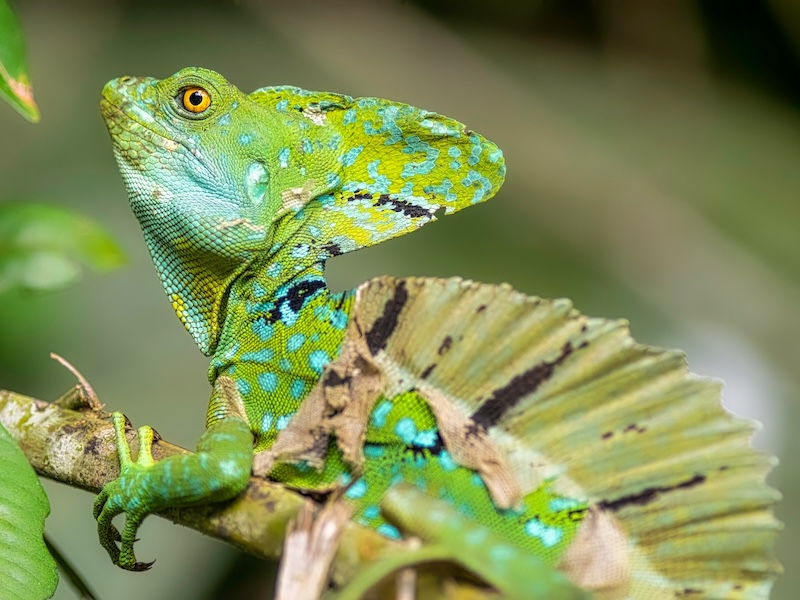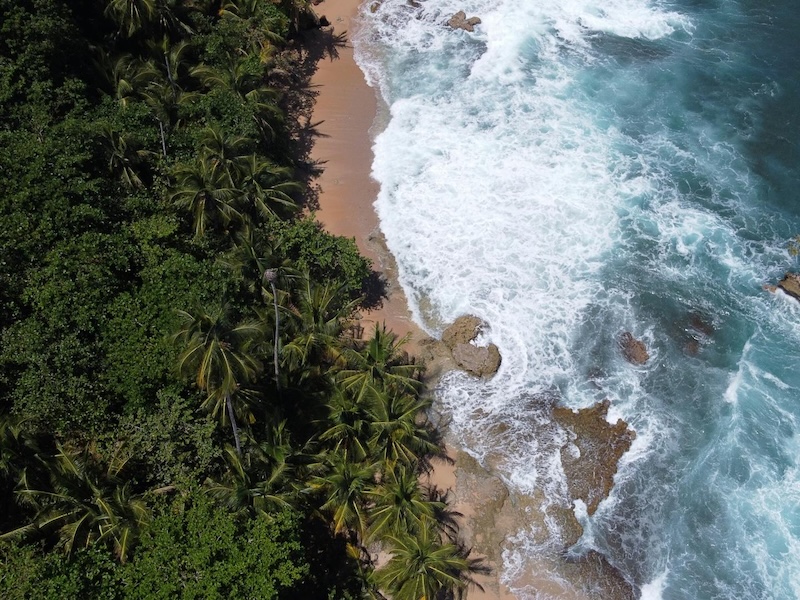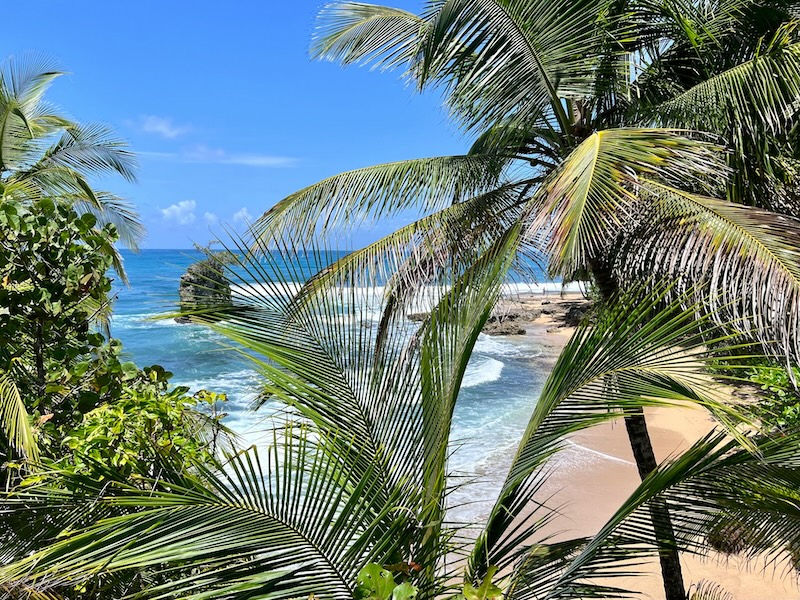Things to do in The Caribbean Lowlands
The Caribbean coastline of Costa Rica is best known for its beautiful beaches, but it also offers pristine rainforests, abundant wildlife, and charming, laid-back beach villages. The region's distinctive Afro-Caribbean culture shines through in its relaxed pace of life, vibrant music, and friendly locals, making it a unique and welcoming destination.
The southern Caribbean coast is home to some of the area's most popular beaches, including Playa Bonita, Playa Cocles, Playa Chiquita, and Punta Uva. Puerto Viejo de Talamanca, a lively town nestled between mountains and sea, is famous for its surfing, sunny beaches, and vibrant nightlife.
Nearby, Cahuita National Park protects Costa Rica's only Caribbean coral reef, making it a top spot for snorkelling and diving. The park's jungle trails provide excellent opportunities to spot monkeys, birds, and other wildlife. The town of Cahuita, just outside the park, is known for its local music scene and serves as a great base for exploring the coast.
Further north, Tortuguero National Park is a wildlife haven, home to about half of Costa Rica's animal species and one of the world's premier nesting sites for green sea turtles. Visitors can explore its extensive network of trails and waterways to observe diverse flora and fauna.
Though less developed than the Pacific coast, the Caribbean offers plenty to see and do, with a more relaxed atmosphere that appeals to travellers seeking an authentic Costa Rican experience.

Tortuguero National Park
Despite its remoteness on Costa Rica's northern Caribbean coast, Tortuguero National Park is one of the country's most visited protected areas. It's the primary nesting site for gr…
Tortuguero National Park
Despite its remoteness on Costa Rica's northern Caribbean coast, Tortuguero National Park is one of the country's most visited protected areas. It's the primary nesting site for green sea turtles, which come ashore from July to October, along with leatherback, hawksbill and loggerhead turtles. Covering about 125 square miles (320 sq km), the park protects beaches, canals, wetlands and rainforest; visitors can explore it by boat or trail, and view wildlife such as monkeys, sloths, manatees and over 400 bird species. Turtle nesting is the park's main attraction.
Website www.acto.go.cr

Cahuita National Park
The only coral reef on the Costa Rican Caribbean coastline is found within this national park and, with 500 species of fish, it affords excellent opportunities for snorkelling. Apa…
Cahuita National Park
The only coral reef on the Costa Rican Caribbean coastline is found within this national park and, with 500 species of fish, it affords excellent opportunities for snorkelling. Apart from the vibrant underwater colours and fish, there are two sunken ships to explore as well. The park was established in 1978 to protect the coral reef, but unfortunately it's still seriously threatened. While the land area of Cahuita National Park is small, it has stunning beaches and is good for both land and water activities, making it one of the most visited parks on the Caribbean coast. A well-defined trail runs through the coastal rainforest and howler monkeys and sloths are among the wildlife attractions. The area is also great for bird watching and may reward visitors with sightings of the striking butterflies found in the jungle. The hike to the beach is flat and the path is easy to follow and winds through wonderful jungle scenery.

Puerto Viejo de Talamanca
Puerto Viejo de Talamanca, commonly known as Puerto Viejo (not to be confused with Puerto Viejo de Sarapiquí in the northern lowlands), is a laid-back beach town nestled between t…
Puerto Viejo de Talamanca
Puerto Viejo de Talamanca, commonly known as Puerto Viejo (not to be confused with Puerto Viejo de Sarapiquí in the northern lowlands), is a laid-back beach town nestled between the forested Talamanca Mountains and the Caribbean Sea. It's known for its powerful surf (particularly at Salsa Brava), vibrant Afro-Caribbean and Bribri indigenous cultures, and flavourful local cuisine. The scenic seven mile (12 km) stretch of coastline from Puerto Viejo to Manzanillo features stunning beaches such as Playa Cocles, Playa Chiquita and Punta Uva; visitors can enjoy fishing, horseback riding, cultural tours, homestays and excursions to nearby Cahuita National Park. Puerto Viejo also offers lively nightlife, reggae-infused beach bars, and a fun, social atmosphere.



